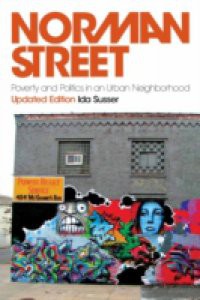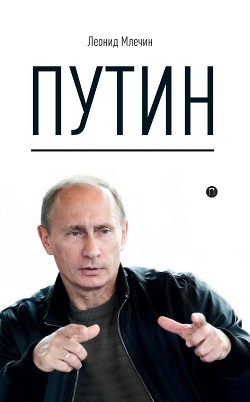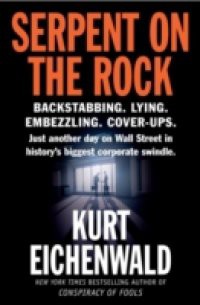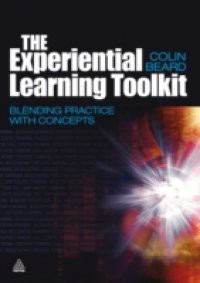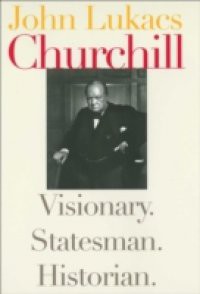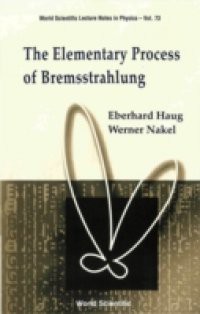Based on a three-year study of Brooklyn's Greenpoint-Williamsburg area, Norman Street is an in-depth, detailed description of life in a multi-ethnic working class neighborhood during New York City's fiscal crisis of 1975-78. Now updated with a new introduction to address the changes and events of the thirty years since the book's original publication, its lessons continue to demonstrate the impact of political and economic changes on everyday lives. Over the decades, Greenpoint-Williamsburg has become home to artists, actors, writers and young people with alternative cultural aspirations. Susser documents how these groups, in many ways, have joined with the remaining working class population to build a thriving community that is now threatened with displacement by municipal rezoning which has facilitated massive plans for new corporate investment. Increasingly prescient at a moment of economic crisis when people are again occupying public spaces in major American cities, spurred to collective action by mounting economic inequalities and the government's role in perpetuating them, Susser's study of change, action, and conflict in a neighborhood that has become emblematic of urban transformation-for better and worse-has much to say to us today.
